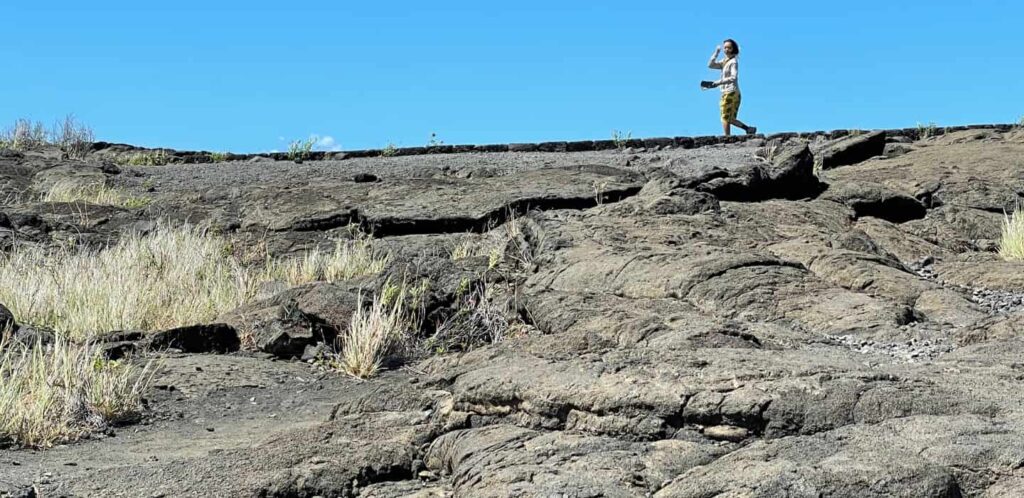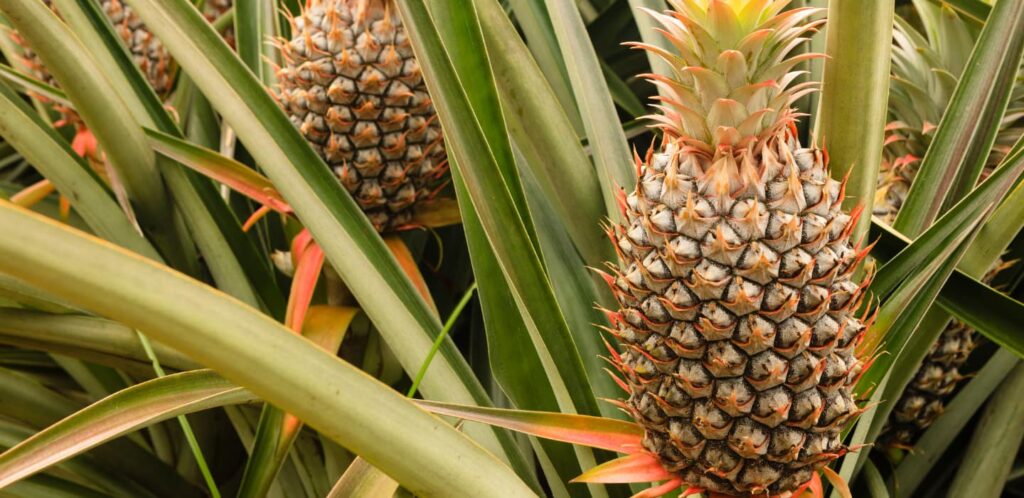From Ancient Petroglyphs to Royal Palaces: Embarking on Hawaii's Historical Journey
Hawaii sits in the middle of the Pacific Ocean and is famous for its beaches, surf, and aloha spirit. But beyond the tropical breezes and luaus, Hawaii harbors a rich tapestry of history. From mysterious petroglyphs carved by early Polynesians to the grand palaces that tell tales of a monarchical past, the islands offer a journey through time for those willing to explore.
Hawaii Origins and the Kapu System
Centuries before the Big Island was a beloved vacation spot, it was home to a thriving Native Hawaiian population. The origins of Hawaiian culture can be traced back over a millennium, when Polynesian voyagers set out on massive double-hulled canoes, navigating the vast Pacific using only the stars. Upon arrival, these early settlers left clues to their existence through petroglyphs.
Volcanoes National Park Petroglyphs

The Rise of the Kapu System and Heiaus
The Plantation Era: Sugarcane, Pineapple, and Multiculturalism

